The primary goal of stroke management are reducing brain injury and promote maximum patient recovery. Rapid detection and appropriate emergency medical care are essential for optimising health outcomes when available, patients are admitted to an acute stroke unit for treatment.
Rehab can include working with speech, physical and occupational physical and occupational therapists. Speech therapy helps people who have problems producing or understanding speech. Physical therapy uses exercises to help you return movement and coordination skills you may have lost because of the stroke.
The primary goal of stroke rehabilitation are to regain independence and improve quality of life by minimizing the limitations of activities of daily living (ADL)
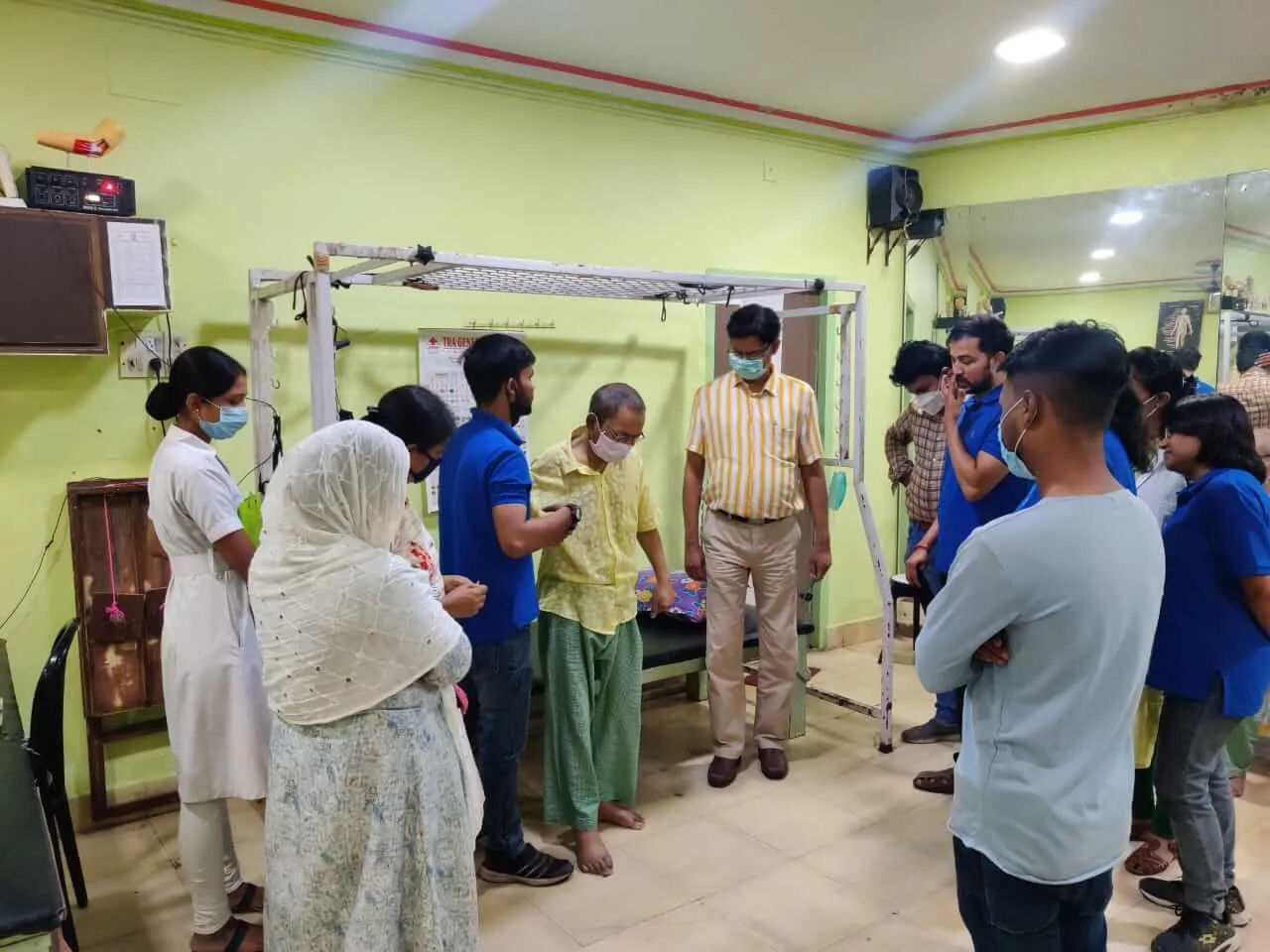
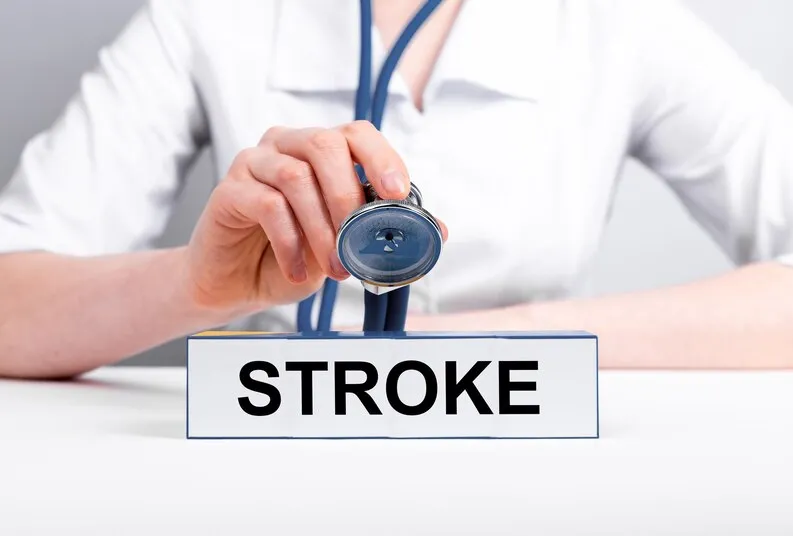
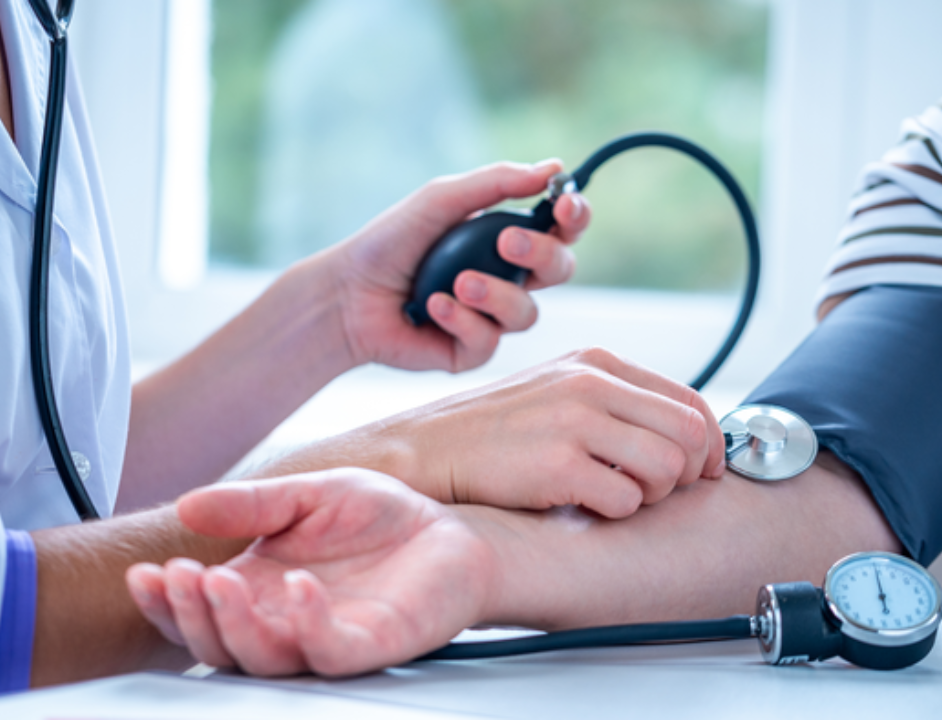
Hypertension is one of the most significant factors for stroke. High blood pressure can damage the blood vessels over time, increasing the risk of blood clots and weakening vessel walls, which leads to stroke.
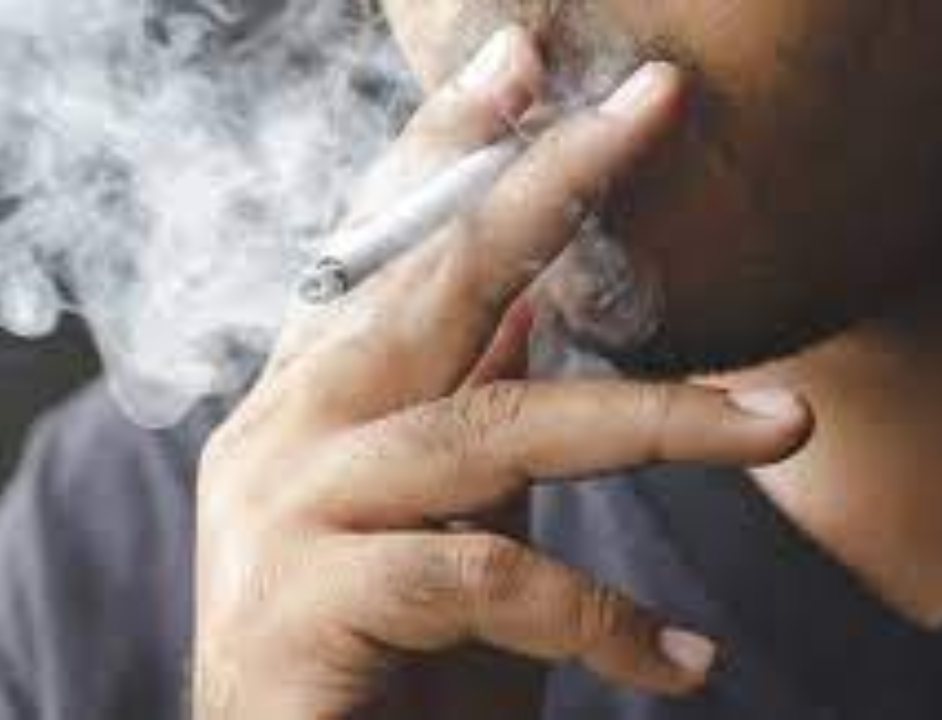
Smoking tobacco products can significantly elevate the risk of stroke. Smoking contributes to the narrowing and hardening of the arteries (atherosclerosis), which can lead to the formation of blood clots and reduced blood flow to the brain.
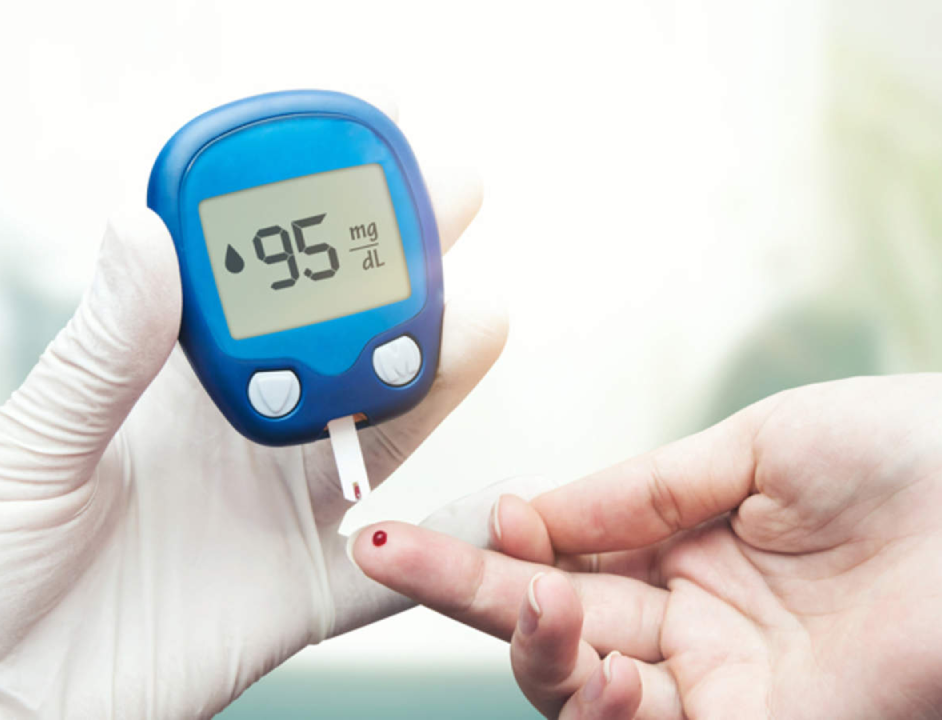
Individuals with diabetes have an increased risk of stroke due to the impact of high blood sugar levels on blood vessels. Diabetes can also contribute to other risk factors such as high blood pressure and atherosclerosis.
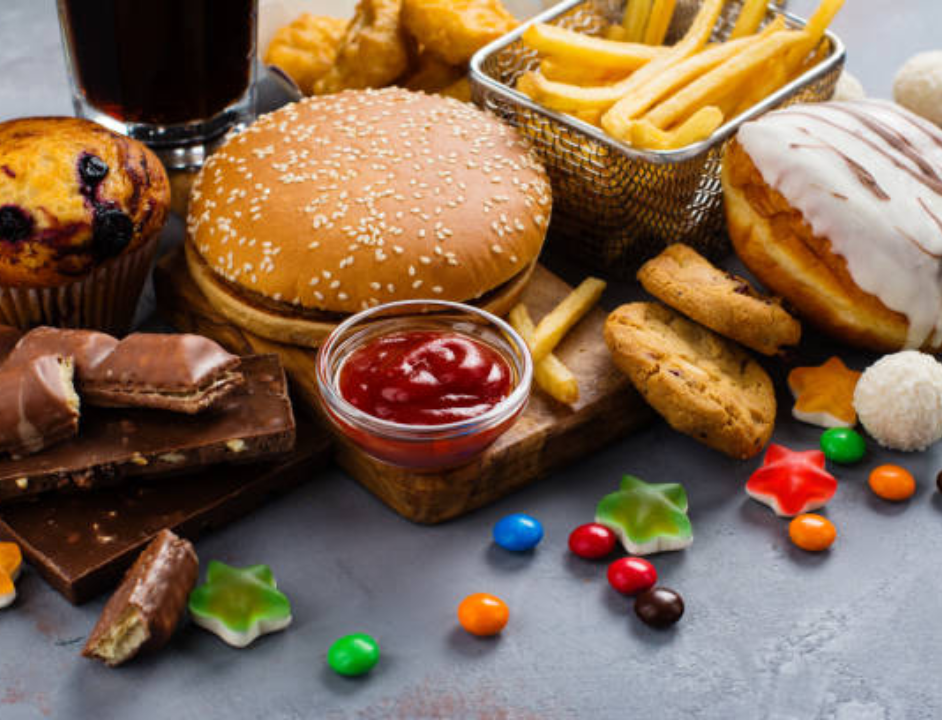
A diet high in saturated fats, trans fats, cholesterol, and sodium can lead to the accumulation of plaque in the arteries, increasing the risk of stroke. Diets lacking in fruits, vegetables, whole grains, and lean proteins can also contribute to this risk.
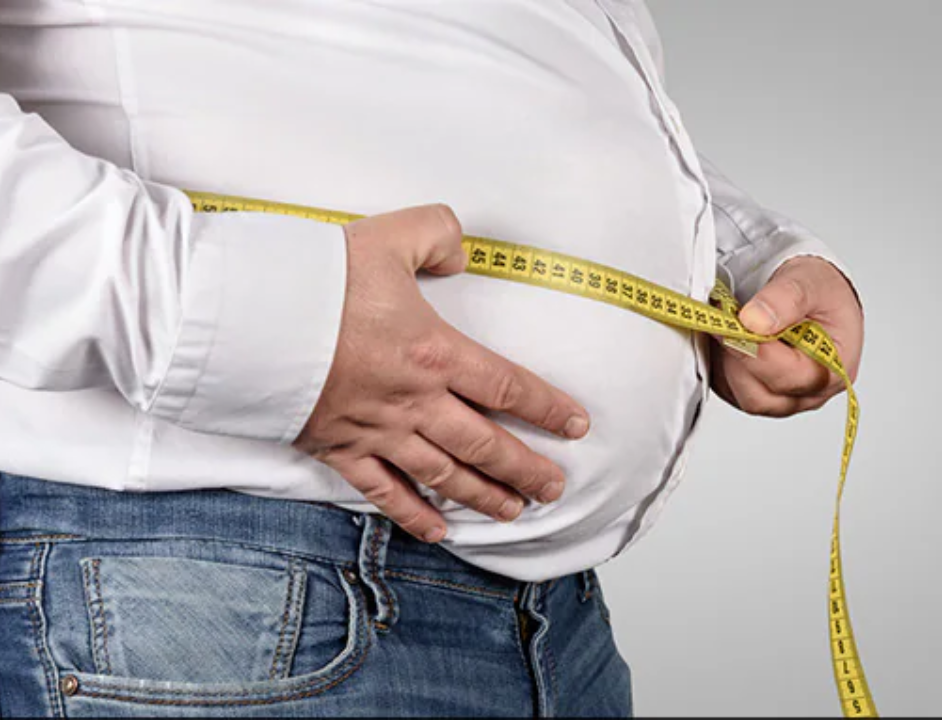
Lack of regular physical activity and being overweight or obese can increase the likelihood of stroke. These factors are often associated with other risk factors like high blood pressure, diabetes, and high cholesterol.
Motor-Strengthening Exercises: These exercises focus on boosting muscle strength and coordination post-stroke. Customized routines help rebuild muscle strength and retrain the brain for better motor control.
Mobility Training: This involves learning safe movement after a stroke, including using aids like walkers and wheelchairs. The aim is to enhance independence and reduce the risk of falls.
Constraint-Induced Therapy: By limiting use of the unaffected limb, this therapy encourages the brain to improve motor function in the affected limb, aiding coordination and strength.
Range-of-Motion Therapy: This therapy prevents stiffness by moving joints and muscles fully. Both passive (therapist-assisted) and active (patient-led) exercises are used to maintain joint flexibility.